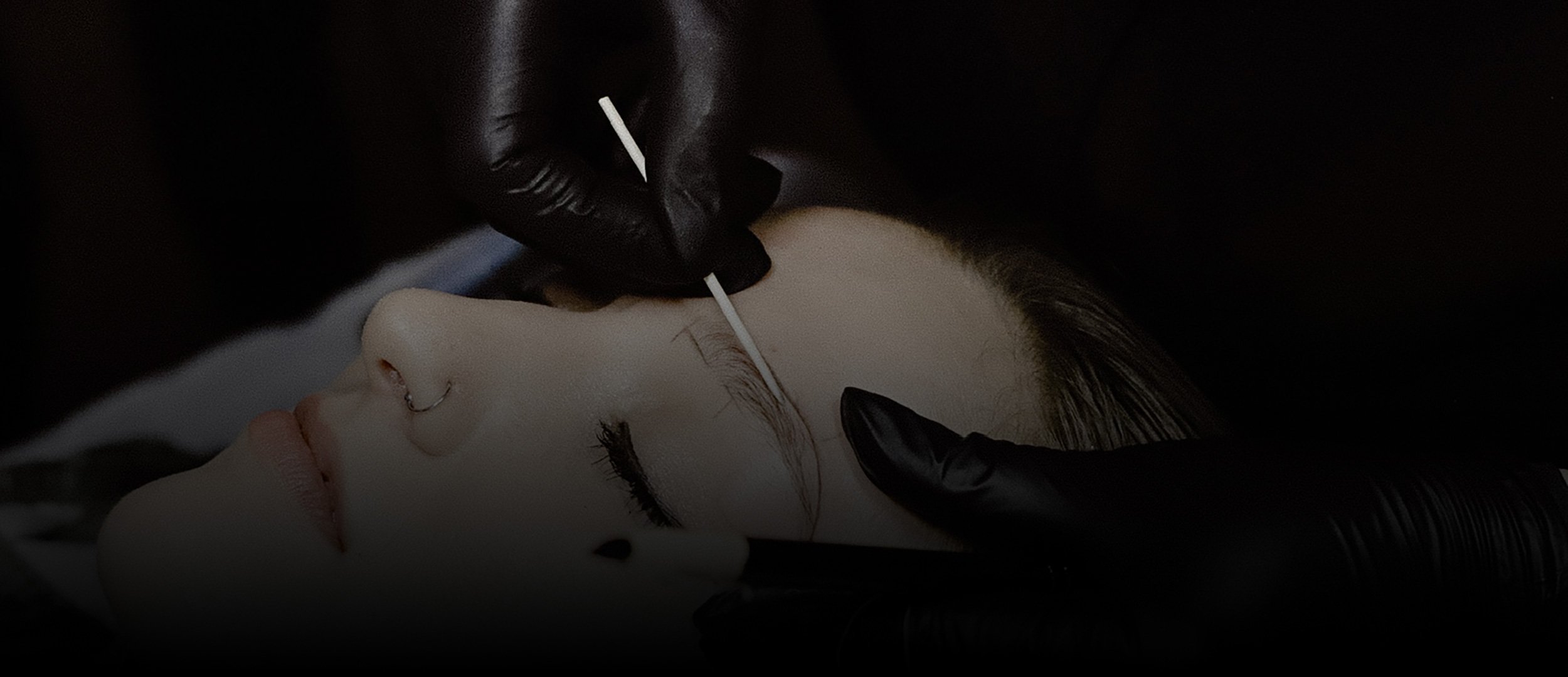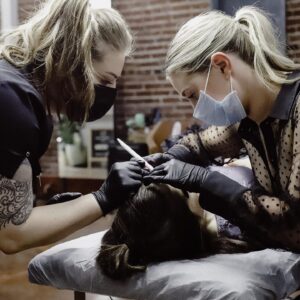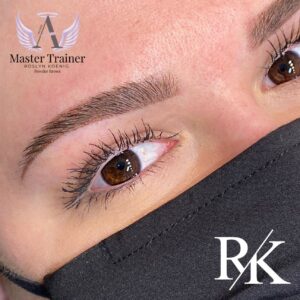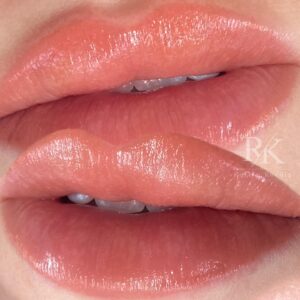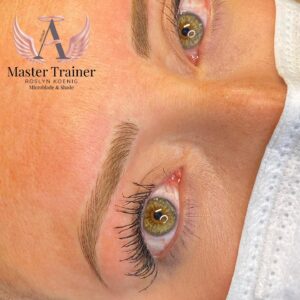What To Do If Your Microblading Scabs Early

Microblading has become a go-to option for anyone who wants fuller, natural-looking brows without the need for daily makeup. It offers long-lasting results if done and maintained properly, which is why many people in Kansas City are turning to it for their brow goals. The process gives you detailed strokes that mimic real hair, and when healed well, the results can be pretty amazing.
But the healing period can trip people up, especially if things don’t go exactly as expected. One concern that comes up often is early scabbing. While some scabbing is part of the process, if it starts earlier than usual, it might interfere with how your brows end up looking. If you’re in that situation, don’t panic. Let’s break down what might be happening and what you can do to make sure your brows stay on track.
Understanding the Microblading Healing Process
Right after your microblading session, your skin goes through several stages to recover. The healing process typically lasts about four to six weeks, and during that time, your brows will change in appearance more than once. Early on, they’ll look pretty bold before softening and settling into place.
Here’s a general idea of what the healing timeline usually looks like:
1. Days 1–3: Brows may appear darker than expected. Swelling or redness can be common.
2. Days 4–7: Scabbing typically begins. The area might feel dry or itchy.
3. Days 8–14: Scabs usually flake off naturally. Avoid picking to prevent patchy spots.
4. Weeks 3–4: Brows begin to settle into their final color and shape.
5. Week 6: A follow-up session may be done to make small adjustments.
If scabs show up earlier than the 4–7 day range, you might be dealing with premature healing responses. This can lead to uneven fading or pigment loss if not handled properly. The key is understanding whether it’s part of a normal variation or if it could affect your results.
Everyone’s skin reacts differently, so one person might scab on day three and still heal well. Another might scab the same day and lose a lot of detail. What matters more is not just when it happens, but how the skin looks and feels while it’s happening. For example, light, dry flaking isn’t generally a problem. But thick, crusty scabs that lift pigment underneath might be.
If the scabbing starts too soon or seems more intense than it should, it may throw off the balance of the microblading strokes. That’s why it’s helpful to know the typical flow, so you can spot anything unusual early and adjust your care plan before it affects your final results.
Common Causes of Early Scabbing
Premature scabbing can show up for a number of reasons. Some are easy to prevent, while others are related to your unique skin type or immune response. Knowing what’s likely to bring it on might help you avoid needing extra touch-ups later.
Here are some common causes of early scabbing after microblading:
– Overexposure to water or steam: Long hot showers, swimming, or sauna use too soon after your session can push moisture into healing skin, leading to quicker scab development.
– Touching or rubbing your brows: Even if your hands are clean, constant contact can irritate the skin. Rubbing can also pull at pigment before it’s set.
– Using the wrong skincare products: Products that have acids (like glycolic or salicylic), retinol, or strong cleansers can cause the surface to break down faster than it should.
– Excess sweating: If you exercise heavily during your first week of healing, the excess moisture can loosen the pigment and form scabs faster.
– Allergic or mild skin reactions: Some people may react to the pigment or numbing agents, which can lead to quicker scabbing in certain areas.
The best way to prevent early scabbing is to follow the aftercare instructions given during your appointment. Skip activities that involve a lot of sweating or moisture. Keep your hands off your brows and wait until healing is complete before trying out skincare products again.
If an example helps, think of your brows like a temporary tattoo healing from a scrape. If you keep poking at it or letting it get too moist, it’s not going to stay in place. The same idea works here. Be gentle, and you’ll give the pigment the best chance of staying put.
Immediate Steps to Take
If you notice that scabbing has started earlier than expected, acting quickly and knowing what to do can prevent further issues. The first step is to stay calm and follow these steps for managing early scabbing:
1. Keep the area clean. Gently cleanse your brows with a mild, fragrance-free cleanser. Do not use harsh or abrasive products.
2. Do not pick or scratch. This might be tempting, but picking can cause uneven healing and pigment loss.
3. Use recommended aftercare products. Stick to the ointments or creams your artist gave you. They’re chosen to support healing without irritating your skin.
4. Limit sun exposure. Keep your brows out of direct sunlight. Wear a hat if you’re going outside for long periods.
5. Stay dry. During the first week, avoid steam, swimming, and sweat-heavy activities like workouts.
These steps help protect your brows and allow the pigment to settle properly. It’s the kind of care that quietly makes a big impact.
When to Seek Professional Help
Early scabbing is often something you can manage at home, but there are times when reaching out to a pro is the better call. If any of these signs show up, it might be time for some extra help:
– Persistent redness or swelling: If it doesn’t ease up after a few days or starts to get worse, it could mean an infection is brewing.
– Severe itching: A little itch is normal, but a lot of itching could signal a reaction to the pigment or numbing product used during the session.
– Unusual discharge: Any oozing or pus should be looked at by a healthcare provider.
– Areas with significant pigment loss: If scabbing pulls pigment out in certain spots, a touch-up may be needed sooner than expected.
If you’re in Kansas City, reach out to your original artist or a local expert you trust. Professionals know what to look for and can give you honest advice without the guesswork.
Keeping Your Brows Healthy and Beautiful
Once you’re past the healing stage, upkeep gets a lot easier. Well-healed brows can look great with just a little routine attention. Here’s how to keep them looking sharp long after scabs are gone:
– Avoid over-exfoliating. Steer clear of scrubs near your brows. You don’t want anything that might speed up pigment fading.
– Moisturize smartly. While dry care is the rule during healing, keeping surrounding skin hydrated once you’re healed helps preserve the look.
– Book touch-ups as needed. Usually every one to two years is about right. It’ll depend on your skin type, sun exposure, and general habits.
Regular care keeps your brows looking clean and natural without a lot of daily effort. It’s one of the biggest perks of microblading when you know how to maintain the results.
Maintain Beautiful Brows with Expert Care
Early scabbing doesn’t mean your brows are ruined, but how you respond does make a difference. Gentle care, patience, and knowing when to call a pro can save your results and extend how long your brows look great.
If you’re dealing with early healing issues from microblading in Kansas City and aren’t sure what to do next, the team at RK Studios is here to support you. From personalized aftercare feedback to future touch-ups, we’ve helped plenty of clients get their brows back on track. You deserve to feel confident during and after healing, and we’re happy to help you get there.
If you’re navigating microblading healing in Kansas City, proper aftercare can make all the difference. Trust RK Studios to help you achieve and maintain stunning brows with expert guidance and touch-ups. Learn more about how we can support your unique journey to beautiful, long-lasting results and explore our approach to microblading healing in Kansas City.

